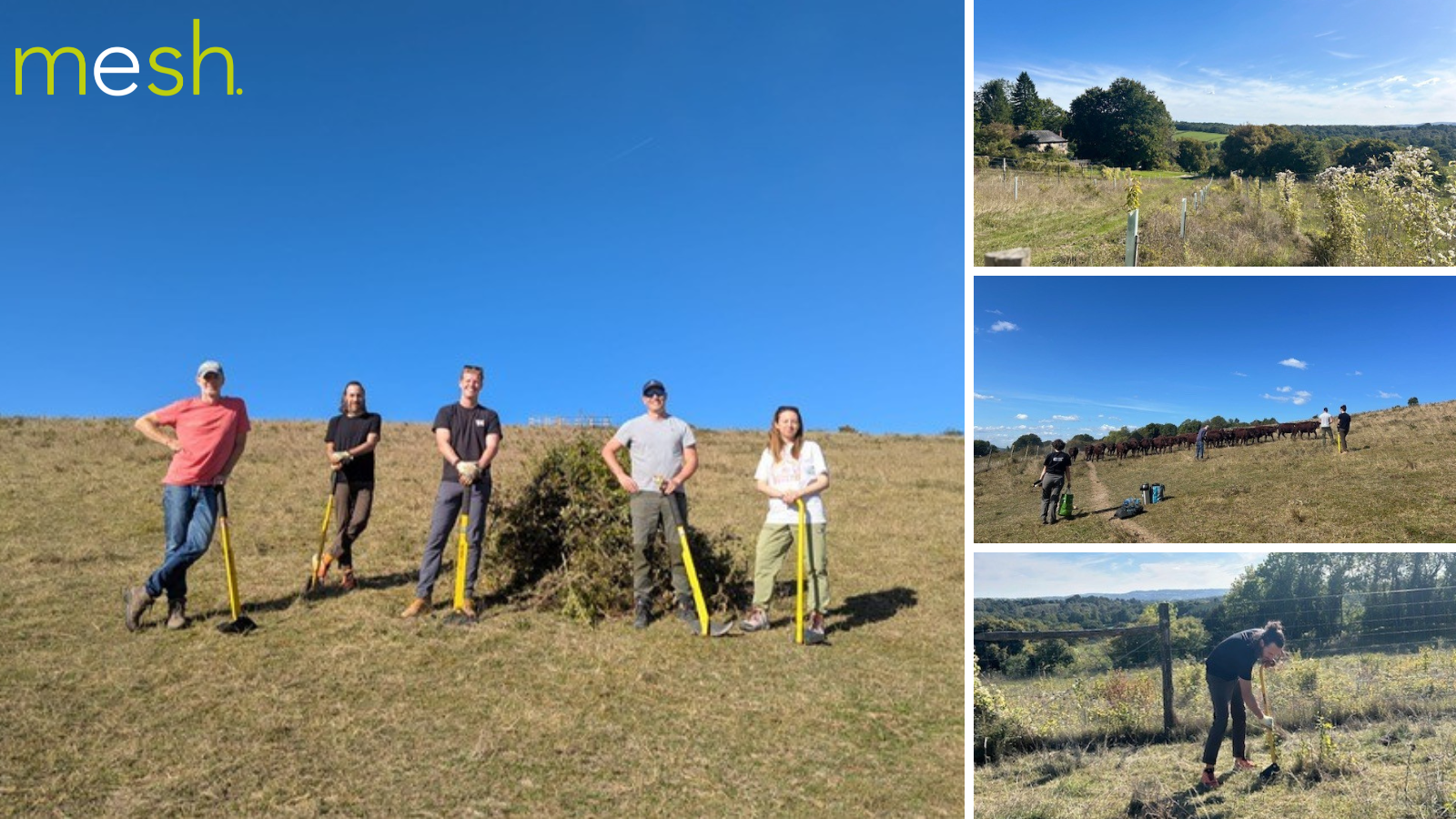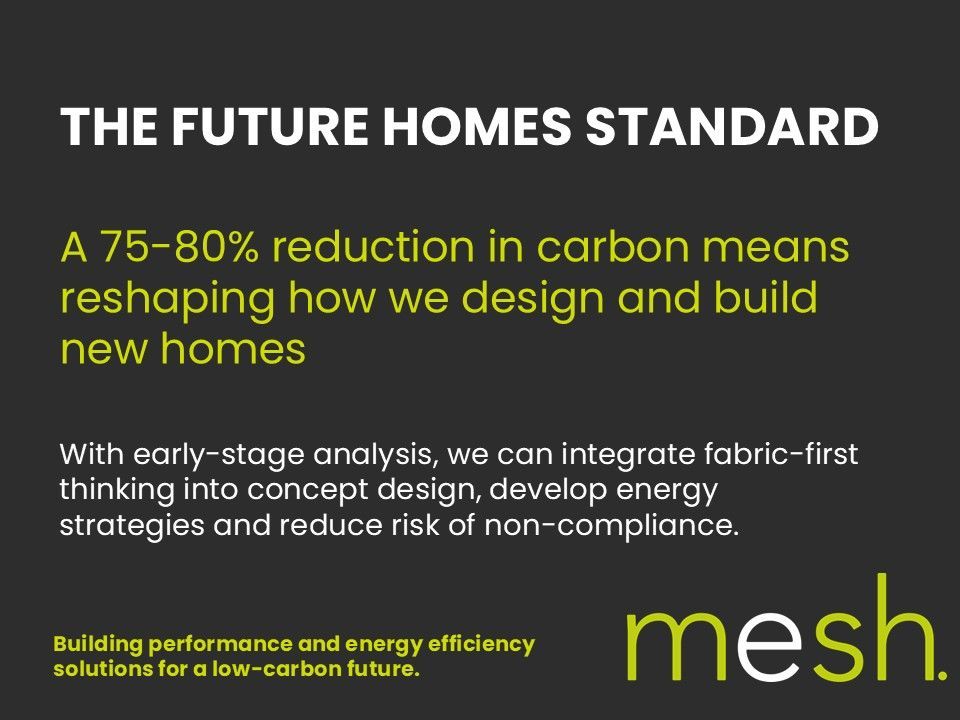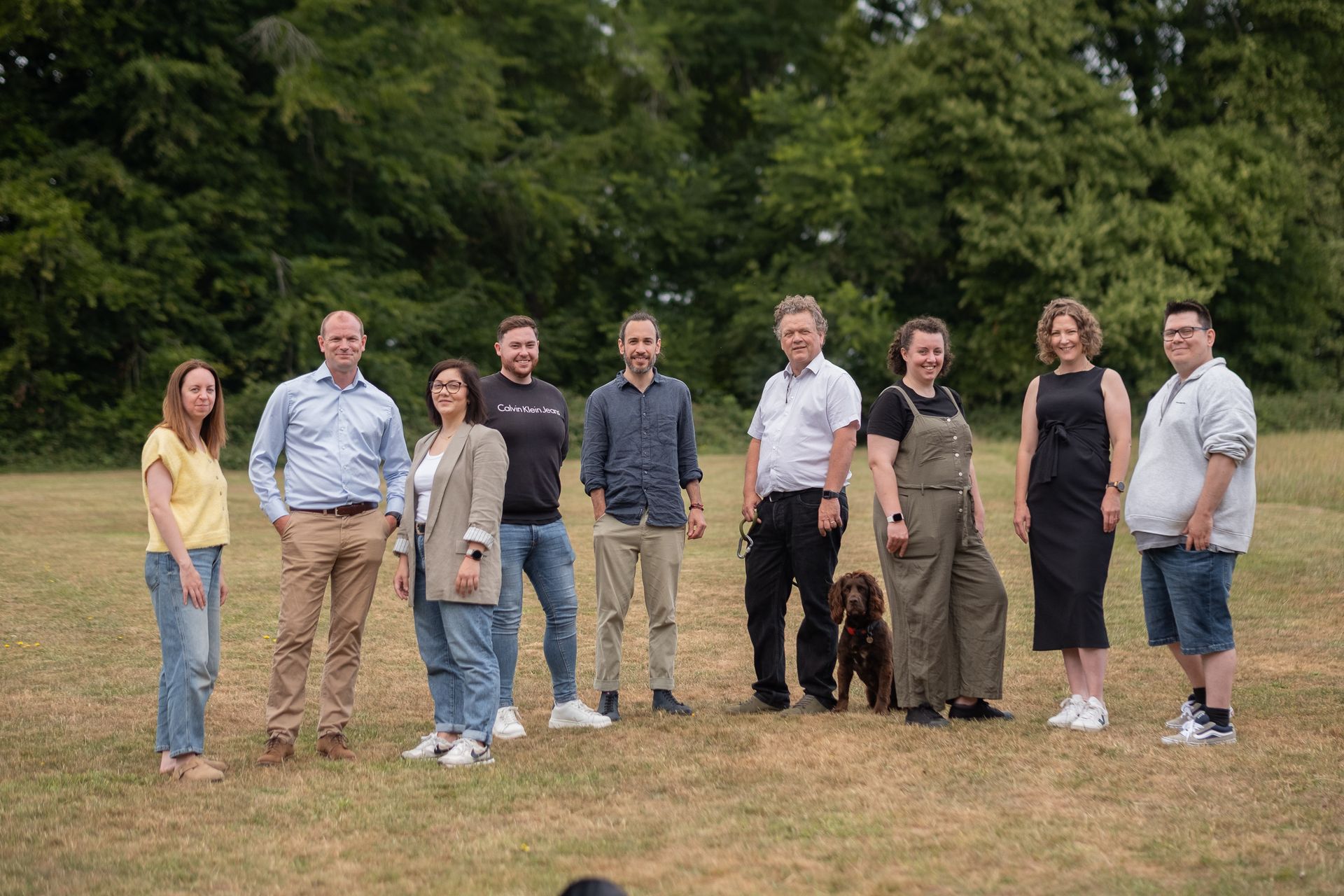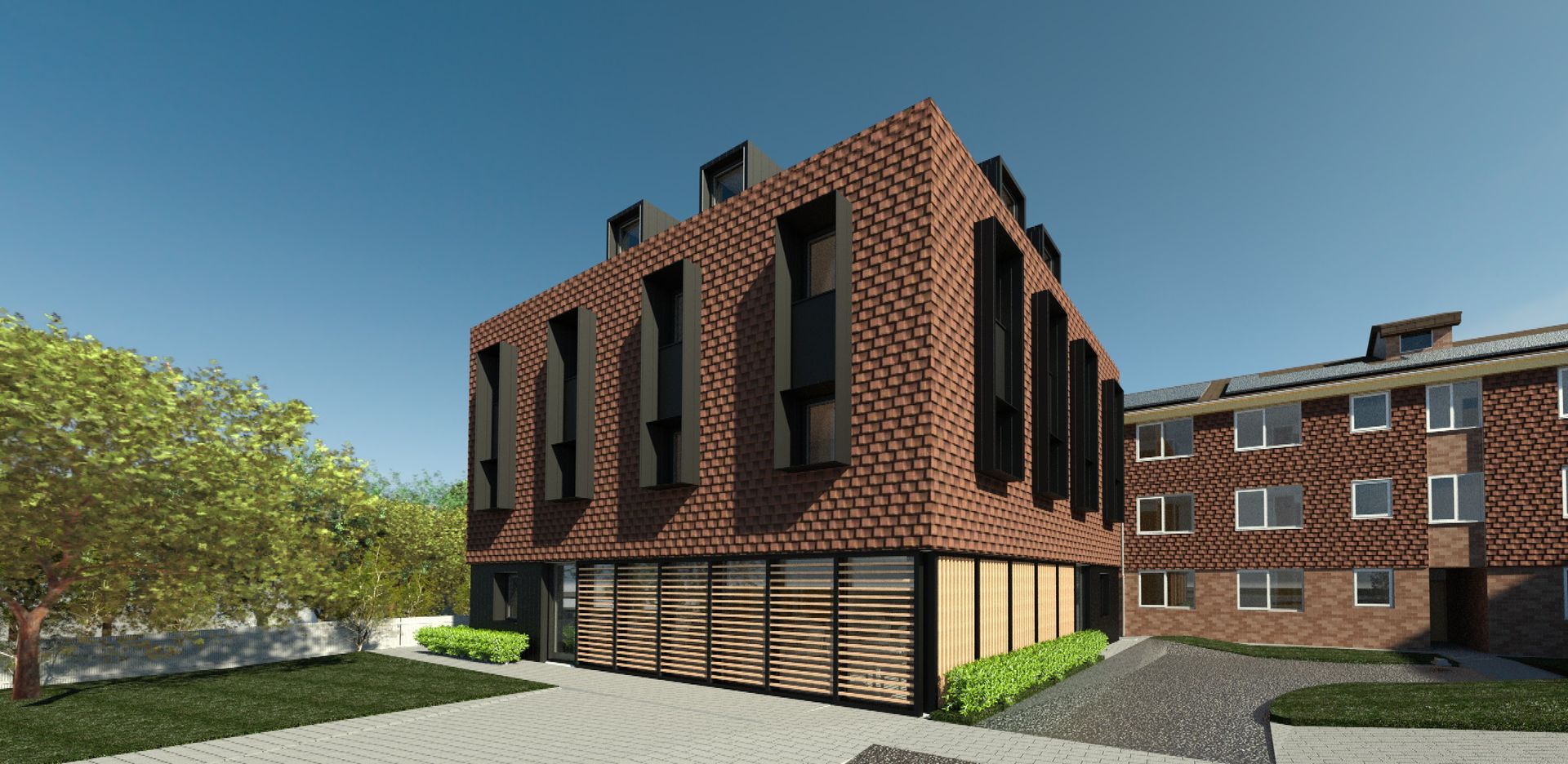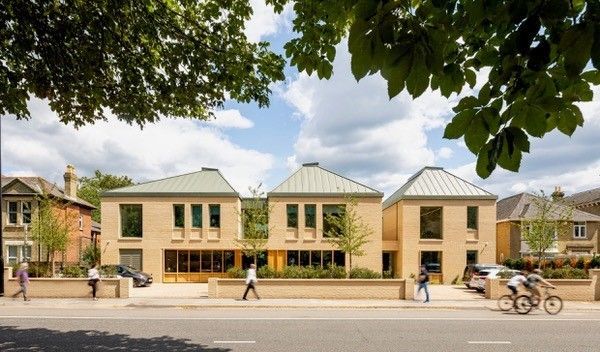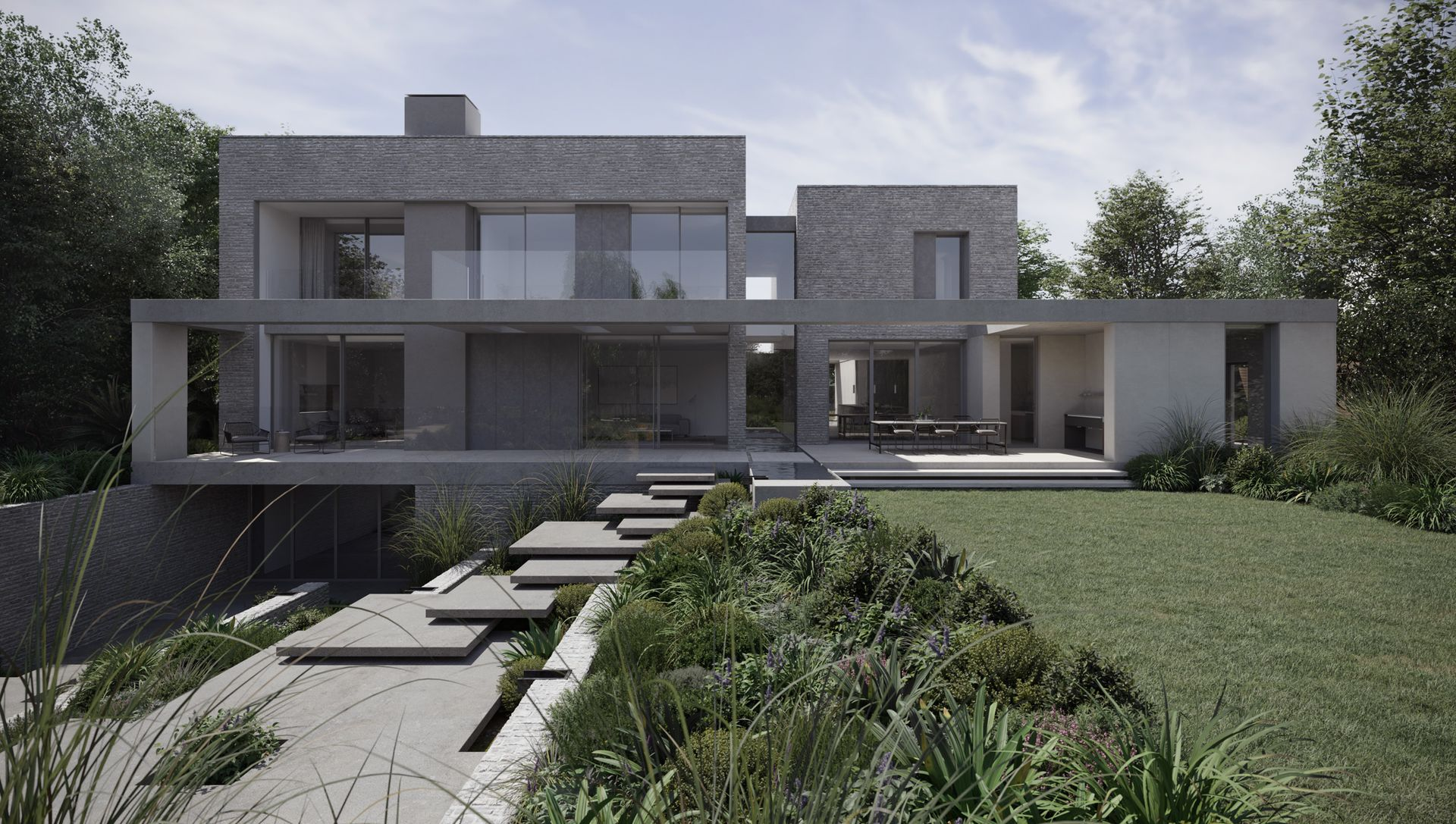Overheating in sustainable buildings: Why you should tackle overheating early in the design process
What is overheating and why does it matter?
Overheating in buildings refers to the accumulation of heat inside such that users feel too uncomfortable to live or work there.
This can be a subjective perception from the user, and may vary from person to person, similar to the way that we may all set our household thermostats slightly differently. For some people an unbearably hot room will be 23°C while for others it could be 29°C. A comfortable temperature will also depend on the occupants’ activity, a comfortable working temperature may be uncomfortable for physical activity, or for sleep.
From June 2022, new buildings in the UK must prove that they do not overheat. This is inscribed in a new section of the building regulations named Part O, created to protect the health and welfare of the building occupants by reducing the occurrence of high indoor temperatures. In the regulations overheating is defined as not exceeding 28°C in any living area for more than 3% of the time that it is inhabited, plus an additional rule for bedrooms of not exceeding 25°C for 33 hours per year without the assistance of mechanical ventilation or cooling.
Overheating plays an important role in the comfort and environmental performance of a building. Buildings that overheat require mechanical cooling systems to achieve comfortable conditions, which implies an additional energy load. This energy likely comes from carbon intensive sources, or from renewable sources that could be used to feed the grid or to cover essential energy demands.

Moreover, there is embedded carbon associated with the industrial production of cooling systems. For example, even if heat pumps can be run in reverse for cooling, additional equipment is required to have a fully functional cooling system, such as fan coil units and a buffer cylinder for the cold water.
Overheating should be tackled early in the design process as the mitigation strategies involve adjusting the form of the buildings and location of openings. Good passive design should achieve both of the following:
- Limiting unwanted solar gains in the summer, while maximising them during winter.
- Providing adequate means for removing excess heat from the indoor environment.
Overheating mitigation strategies applied late in the design process can affect the performance of the building in other aspects. A classic mistake would be to have an unshaded glazed area facing South, where the only mitigation solution is opting for glass panes with high solar irradiance reflectance. This will not only imply a high material cost, but will limit the solar gains during winter, which is when they are useful for passive heating.
How Part O regulations interact with other Building Regulations
- Interaction with Part B
- This approved document, Approved Document O, gives guidance on window openings for removing excess heat from residential buildings. Approved Document B gives guidance on the size of escape windows. Where escape windows are provided to comply with Approved Document B, any extra glazing will impact the risk of overheating.
- Interaction with Part F
- The Part O document includes guidance on providing means for removing excess heat from residential buildings. Where openings are used, the amount of ventilation for removing excess heat is likely to be higher than the purge ventilation required for Part F. The higher amount of ventilation applies – see Section 1 or Section 2 of this approved document, depending on the method of compliance.
- Interaction with Part J
- Ventilation fans might cause combustion gases to spill from open-flued appliances and fill the room instead of going up the flue or chimney. This can occur even if the combustion appliance and fan are in separate rooms.
- The guidance in Approved Document J should be followed when installing and testing ventilation appliances and combustion appliances must operate safely whether or not fans are running.
- Interaction with Part L
- Solar gains in winter can reduce the amount of space heating required to be delivered by the heating system. Reducing summer overheating by limiting glazing areas will impact winter solar gains and therefore increase the need for space heating.
- Poorly insulated pipework, particularly in community heating schemes, can be a major contributor to overheating. Control of heat losses from pipework is dealt with under Part L of the Building Regulations and the guidance in Approved Document L should be followed.
- Interaction with Part K and Part M
- Where manual controls are provided, they should be within reasonable reach of the occupants, to comply with Approved Documents K and M.
- Interaction with Part Q
- The locking systems of windows and doors should also conform to guidance given in Approved Document Q on the security of doors and windows in dwellings.
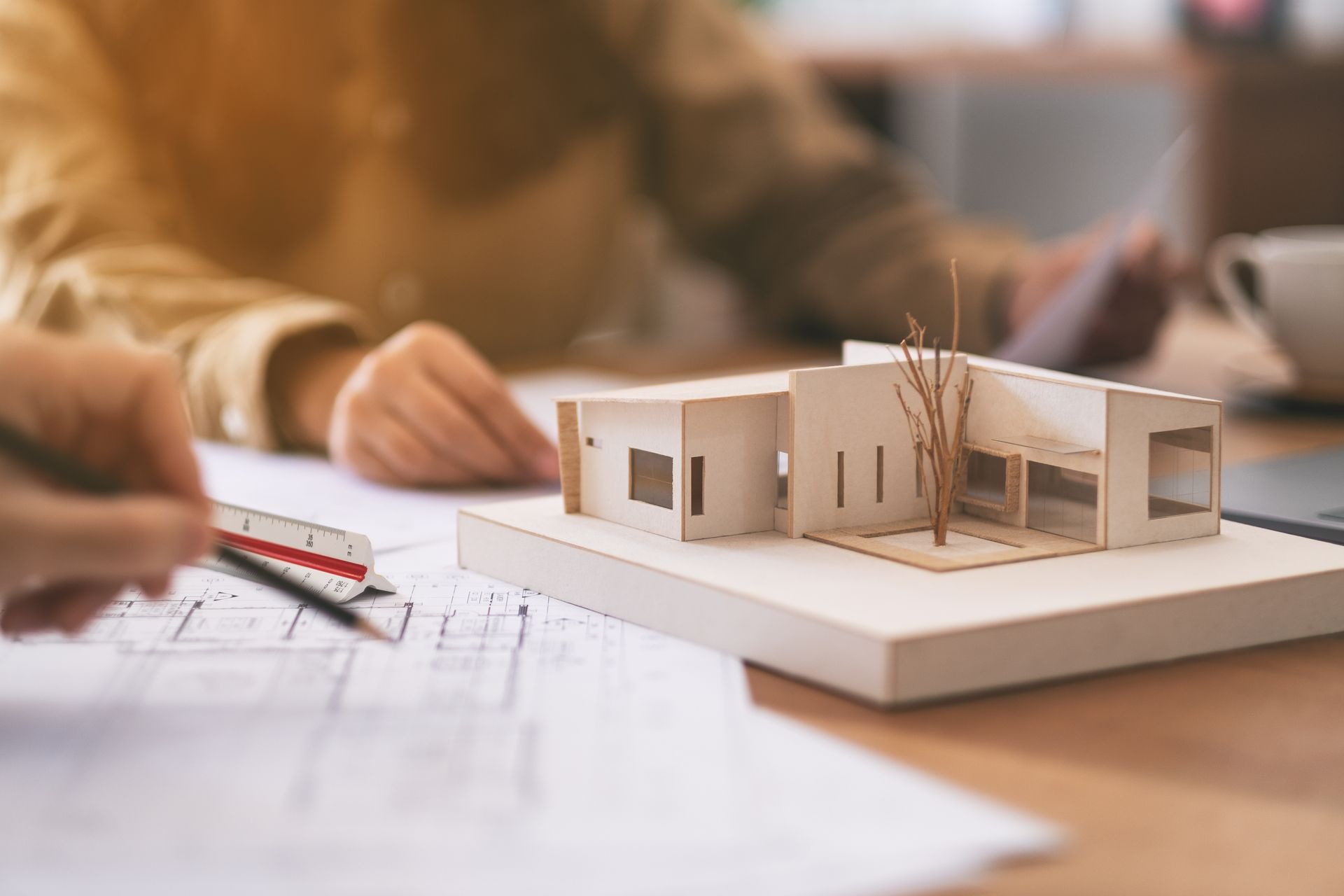
As overheating relies on a combination of ventilation and protection from solar irradiance, it is hard to determine if a building will overheat from a casual glance at the plans and sections. Architects need to work in conjunction with a sustainable energy consultancy to verify that their designs are passively capable of avoiding overheating.
Dynamic simulation software can provide insight into the expected performance of a building. Showing hour by hour where and for how long a room is overheating. Integrating sustainable energy consultants in the design loop can help the clients save some money (and CO2!!) as well as resulting in a more comfortable building.
How Mesh can help
At Mesh, our analysis eradicates overheating from a property by using a step-by-step high end calculated approach. We take all the necessary steps and passive design strategies to not only reduce/remove overheating from a property, but also to reduce energy bills. We can perform calculations related to Part O compliance, TM59, TM52, general overheating and planning for new builds, as well as provide solutions for domestic and non-domestic projects. Mesh believes in using the most resourceful passive design strategies to remove/reduce overheating in both new build and retrofit projects.
SHARE THIS POST WITH YOUR NETWORK


